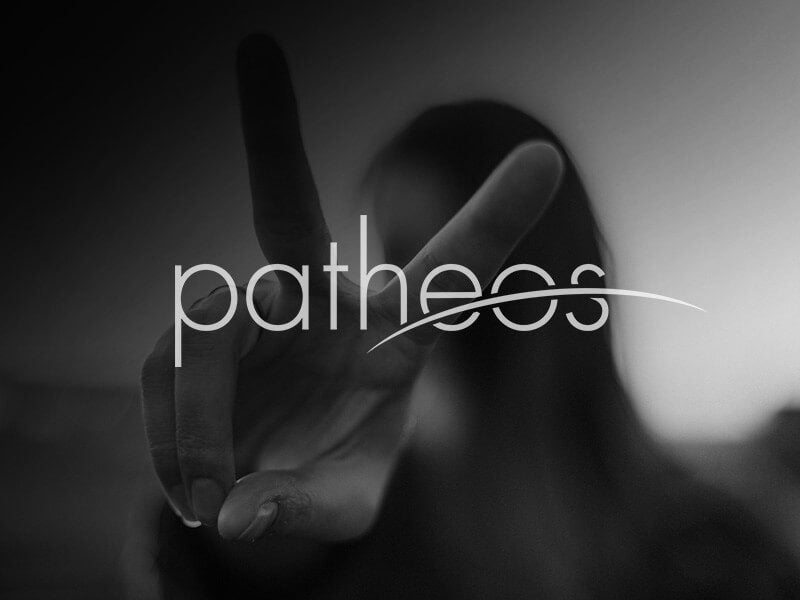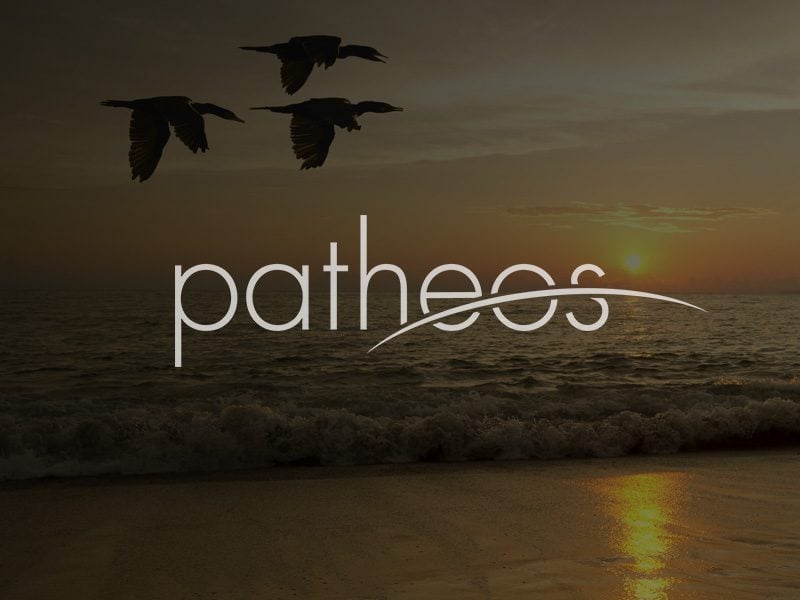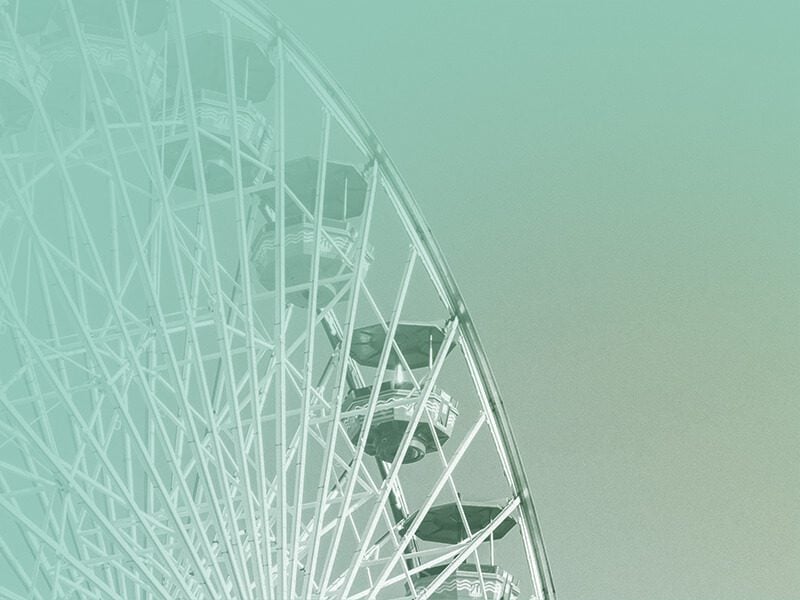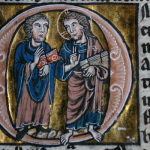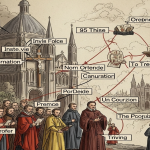Last updated on: November 10, 2016 at 7:02 am
By
CNA Daily News
Denver, Colo., Nov 10, 2016 / 12:02 am (CNA).- He hates the way things are done these days, and church sure ain’t what it used to be. Church Curmudgeon may be one of the most cantankerous guys on Twitter, but he’s also one of the most hilarious. His complaints range from sinful dancing to boring homilies to music that’s too loud to shenanigans from the “youths” at church. While the character himself is actually Southern Baptist, it turns out grumpy old men who complain about things in church are not just reserved to one denomination. His nearly 90 thousand followers on Twitter come from all walks of life - Catholic, Evangelical, and even some atheists. First day of VBS, and I got 3 kids to rededicate themselves to staying off the lawn. — Church Curmudgeon (@ChrchCurmudgeon) June 6, 2016 We tracked down the guy behind the wisecracking angry old man staring back at you from the Twitter handle @ChrchCurmudgeon. Here’s the story behind the sass:What was the inspiration for Church Curmudgeon? Back when I was first getting on Twitter, there were a few anonymous accounts that would be parody pastors or worship leaders. And I thought why shouldn’t there be somebody like the grumpy old guy at the back of the church who complains about everything? And so I decided to be that guy. I am a music minister so I had a lot of experience with the older folks in the congregation and people who would...complain about the music and this that and the other thing, and how things used to be done, and how they aren’t done that way anymore. I thought I could add a humorous side to that.What is the value of the Church Curmudgeon in the church community in real life? Early on in my ministry, I was encouraged to get to know the seniors group at my church. I was encouraged to go to their potlucks and bible studies and get to know them as people, because they are people who have a lot more life experience and a lot more life wisdom than I did. They’ve been through wars, they’ve been through depression, children and grandchildren and building businesses and working their whole lives - they’ve had a lot of life experiences and they’ve been through much, and I can learn a lot from them. So essentially with the Church Curmudgeon, what I wanted to do was humanize them.#4picswhereiwasthehappiest pic.twitter.com/zNDo4pfdOU — Church Curmudgeon (@ChrchCurmudgeon) August 14, 2016 What made you take to Twitter? I’ve always had a wisecracking sense of humor where I like to put in my two cents. It’s gotten me in trouble in staff meetings and things, but I love to have a little wisecrack here and there, I love puns, I love wordplay and all of that, and Twitter was kind of just a really good way to scratch that itch. I could say something useful or just something funny or that brought a different light to a situation, or just kind of crack wise, and I’d get a positive response from it.What is the value of humor and satire? I like to poke fun at myself a lot through the Church Curmudgeon, because the target of his ridicule is often the music guy, and that’s me. So I get to poke fun at the way I do things. It's one thing to be at a loss for words in worship. It's another to write a song called "Jesus, I'm All, Like, Dude". — Church Curmudgeon (@ChrchCurmudgeon) February 8, 2013 I am a Baptist and I like to poke fun at Baptists. A lot of people think I’m being mean spirited at times, especially on Facebook - some people take things so seriously. But I’ve always believed that you do have to take yourself lightly. There are matters that we need to treat with a great deal of gravity, and I try to do that appropriately, but at the same time, I think that sometimes you laugh the hardest at a funeral, because you’re remembering what’s important, and you realize that there is so much joy and mirth and life that we do need to have that brought out to us, and it reminds us of great truths.Church Curmudgeon is a Southern Baptist, but much of what he says applies to Christians across the board. Why is that? I have been in lots of different evangelical churches, and so I have some broad church knowledge. I grew up Mennonite, I’ve been in Presbyterian churches, independent churches, non-denominational churches, megachurches, mini churches, I’ve experienced all kinds of church life here and there. And I’ve realized from my friendships but also from my church audience, there’s a lot of these things that apply very broadly, so it resonates. The main reason he’s Southern Baptist is because as a character - he needed something that he really was, you know? It helps to settle your character a little bit. I don’t think that limits him to speaking only to Southern Baptists, I think it just helps him be a developed character.What are some of the Curmudgeon music complaints that you hear as a music minister? It’s too loud, too many new songs, they’re too repetitive, you played that too fast or you played that too slow. There have been days when I have gotten equal and opposite complaints. But I really must say i’ve been blessed to have congregations that really love me as a person and who respond to what I do. I have had relatively little complaint in my life. I know that sometimes among worship leaders there is a tendency not to listen to people and to think that they’re there for their own artistic expression, they think that they’re there to be a rock star, and that’s not it. Their goal is to assist people in the worship of God,Is there a Church Curmudgeon complaint that you most identify with? That the music reflects the reverence of God in the congregation. It’s not just self-expression when we worship together. Worship leader's at a songwriting conference to learn how to rearrange the same seven words louder & with fewer chords. — Church Curmudgeon (@ChrchCurmudgeon) August 16, 2016 Because I think a lot of the art has gone out of musical expression.What posts have been the most popular with your followers? There have been a couple that were specifically towards Baptists. Baptists are notoriously against dancing, at least in most people’s memories. If you were a Southern Baptist, you didn’t dance, it wasn’t allowed. But probably the most popular post of all time was: “Do you know why God doesn’t let Baptists dance? Have you ever watched a Baptist dance?”#NationalDanceDay pic.twitter.com/QQKliy3dJC — Church Curmudgeon (@ChrchCurmudgeon) July 31, 2016 That and some things about how Baptists are generally very stoic in their worship, like: “The reason that Baptists have to hire a pentecostal to change the lightbulbs in the sanctuary is because otherwise they’d have to raise their hands in church.” One of my first break-out popular tweets was in the fall, when we were changing the clocks back. I made a post saying it’s Benny Hinn day, everyone fall back. He’s a Pentecostal preacher who slays everybody in the spirit and everyone in the auditorium falls over when he moves his arms around. That was one of the big days when my inbox blew up from all of the responses. I had to turn off notifications after that.Do you have a wide following across denominations? It’s interesting because there are priests and nuns who follow me, I’ve been retweeted by Rick Warren and Andy Stanley and other big name pastors. I have Methodists and Pentecostals and Presbyterians, and there’s some atheists out there who think I’m genuinely anti-Church. I’m always kind of mystified by that, because my hope is that people see that I have a genuine love for the body of Christ and for the people of the Church. I can count on two hands the number of Sundays that I have not been in church in my adult life, and I’m pushing 50, so it’s the fabric of who I am. You’re a one-man team - do you accept contributions? I have some people who have sent me some ideas, but if they do I rewrite them in my own voice. That’s only happened a handful of times, I really have strived to do it on my own and to keep it original.When you’re not running Church Curmudgeon, what do you do? I’m a music minister, dad, and freelance musician. Are you willing to out yourself? I’ve remained somewhat mysterious and that’s worked out well for me so far. But if people really want to do their research they can figure out who I am. I’m also working on a book about the Church Curmudgeon, so my name will be on there. This article originally ran on CNA Aug. 18, 2016. Read more





